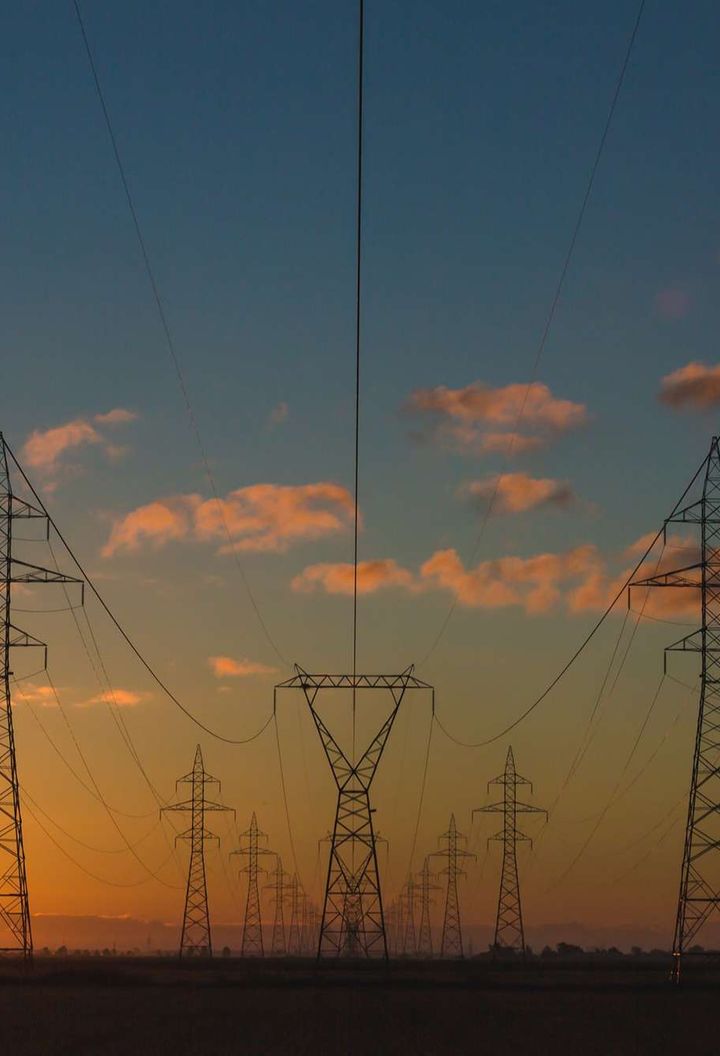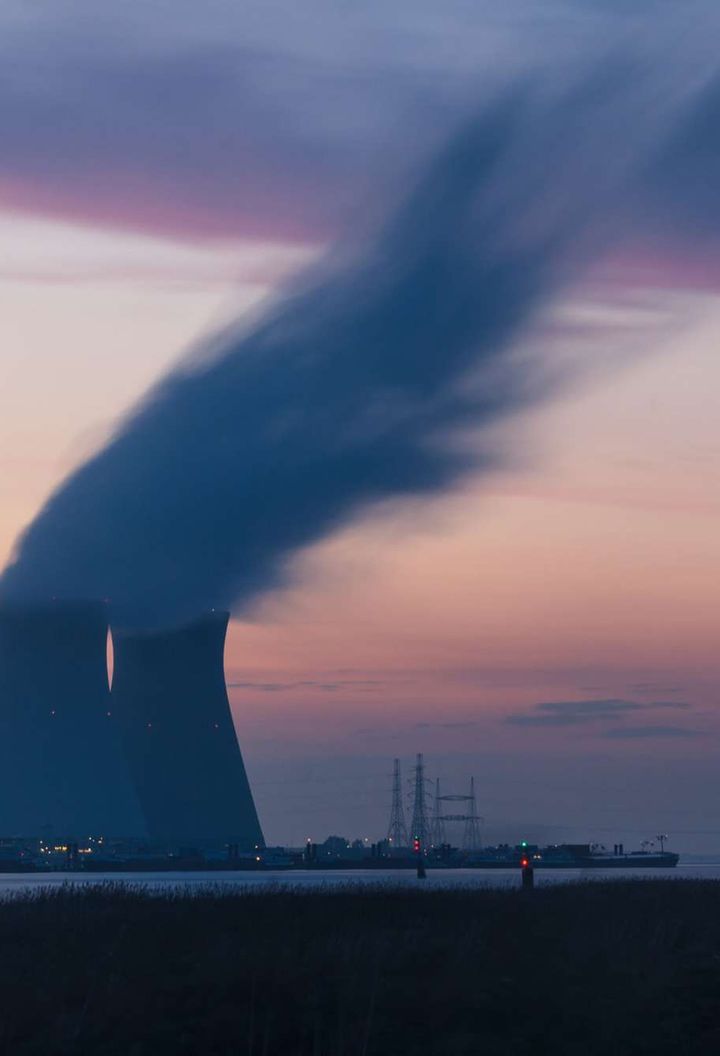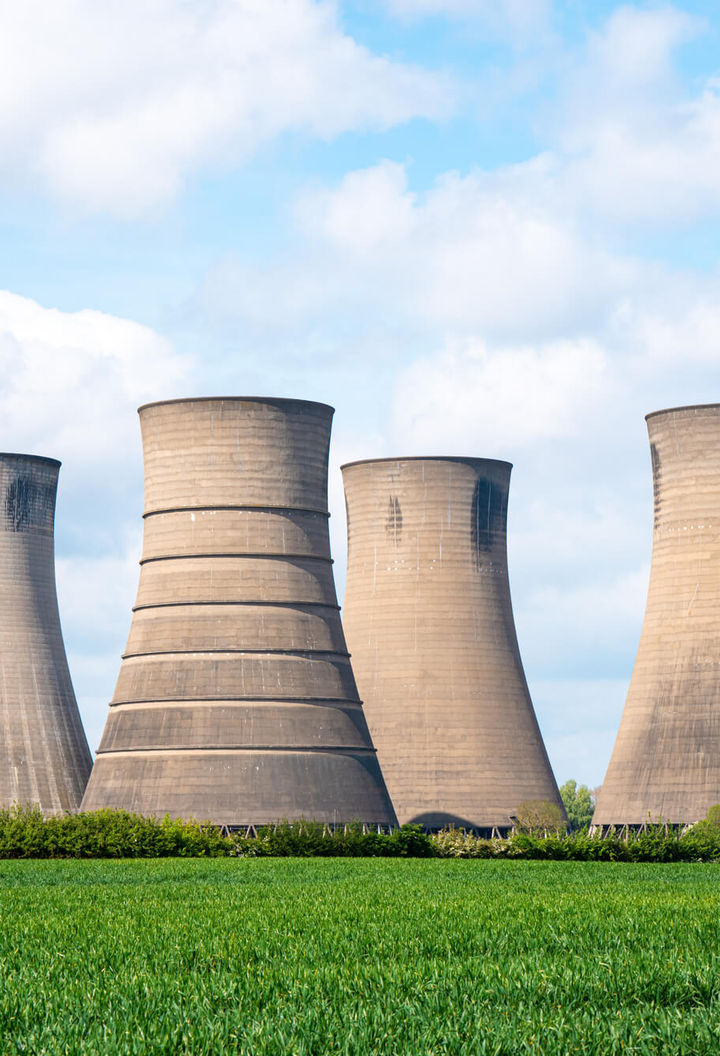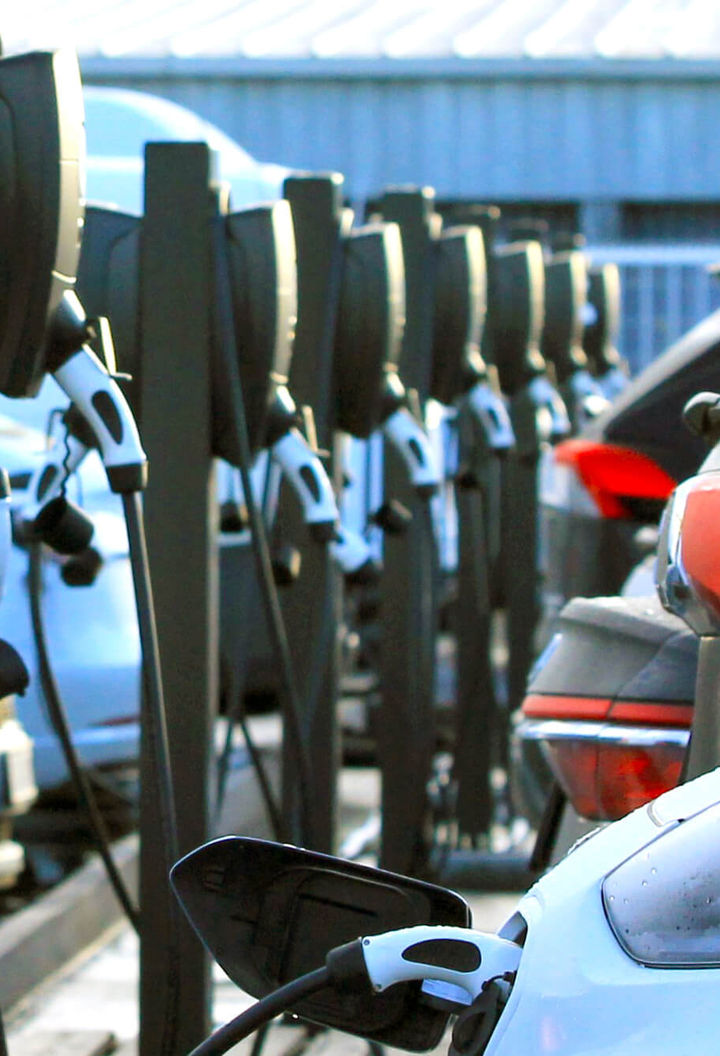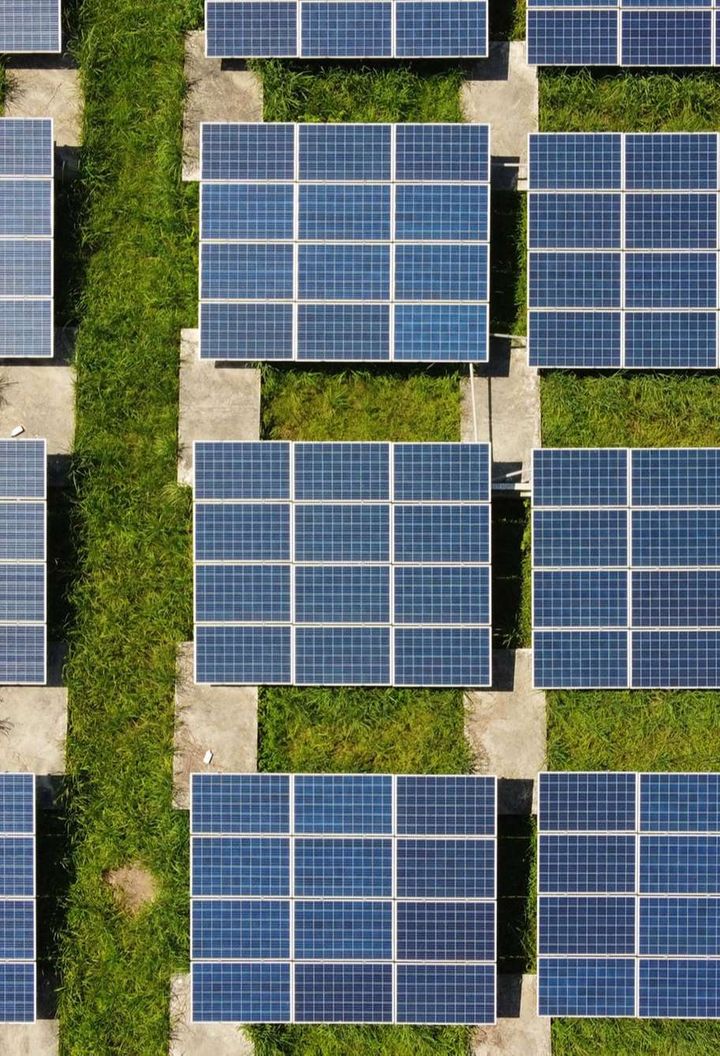On the positive side, the UK GOV is recommending the construction of some 16 modular nuclear reactors in various parts of the country, to be built by Rolls-Royce. This is a new, world-leading concept that could make nuclear energy much more accessible in areas where large amounts of energy are required, such as industrial hubs. These units produce around one sixth of the energy of a large nuclear power station. The expectation is that they will be up and running within 10 to 15 years, and will be a more efficient and cost-effective way of using nuclear energy. However, they only produce one sixth of the energy of a traditional nuclear power plant, and there is still a need for urgent investment in both modular and conventional stations.
One of the other issues with nuclear power is the waste it produces. But all the waste produced by the creation of nuclear energy is contained, rather than emitted into the atmosphere. It can then be dealt with – although there is some debate around how this is best managed.
Interestingly, a process is being pioneered to use spent radio isotopic material in specialised batteries. These could be used in anything from charging posts for electric vehicles to full-sized power plants for cities. They can even be used to balance the grid when renewable energy dips, and it’s an Anglo-Australian company called Infinite Power that is leading the way. The technology already exists and was launched into space by NASA in 2019 where it is expected to provide power for a space probe for hundreds of years. It’s just one example of technology coming up with answers to what previously seemed to some as insurmountable problems.
One final point, nuclear power production is totally carbon free, but the process of mining uranium and building the reactors is extremely energy intensive – and that does produce CO2 emissions. However, as the world moves towards an energy system that does not emit greenhouse gases, that will change.





























